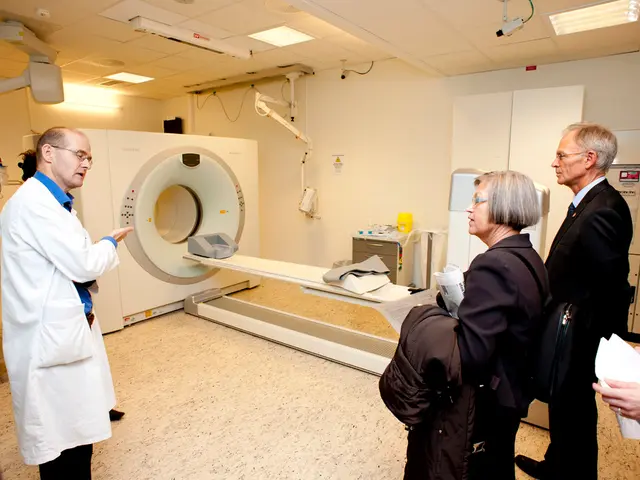Aircraft from Météo-France aids in assessing smoke's impact on the atmosphere for fire prevention measures
European Forest Fire Research Mission Takes Flight
An exceptional scientific mission, known as the EUBURN research mission, has been launched this summer. The mission, led by Météo-France and CNRS, aims to improve our understanding of forest fires and their impact on the climate. With a budget of six million euros, the mission is set to span three years, flying a laboratory aircraft equipped with various sensors over forest fires across Europe.
The Meteo-France aircraft, at the heart of the system, is stationed at Toulouse Airport (Haute-Garonne). This unique aircraft is equipped with over two tons of scientific instruments, including two infrared cameras for real-time fire scanning. Its ability to perform this technical feat is due to modifications that allow for the attachment of sensors to pylons on the outside of the aircraft, under the wings.
Cyrielle Denjean, the coordinator of the mission at the National Center for Meteorological Research, is leading the team. The mission's focus is on understanding the impact of forest fires on meteorology and climate change. The aircraft flies at altitudes between 2,500 and 4,000 meters, above the operational range of firefighting planes, collecting atmospheric data during three seasons until 2027.
The mission is of particular importance as forest fires are expected to become more frequent in Europe. The goal is to anticipate the future impact of forest fires on the climate and to predict exposure risks for people and ecosystems. This will help build a shared European database for researchers and firefighting services.
The Meteo-France aircraft must be able to fly over a forest fire within 4 hours. Once a forest fire is detected, the aircraft is ready to take off, ready to collect valuable data that will help us better understand forest fires and their pollution. The high-precision equipment is designed to understand the temperature of the atmosphere and the formation of clouds, providing crucial insights into the complex interplay between forest fires and the environment.
After France this year, the unique European aircraft will fly to Spain, then Portugal, in the following two summers. This is the first time such a mission has been conducted in Europe, making it a significant step forward in our understanding of forest fires and their impact on the climate.
[1] Source: Météo-France and CNRS press release, 2022.
- The European Union's support for projects like the EUBURN research mission is vital, as it focuses on environmental-science, particularly the impact of forest fires on health-and-wellness, climate-change, and the overall environment.
- The advancements in science and technology, as demonstrated by the European Union's EUBURN research mission, could lead to significant improvements in therapies-and-treatments for combating the harmful effects of forest fires on ecosystems and human health.
- By conducting extensive research and data collection on forest fires and their influence on climate, the European Union's EUBURN research mission aims to contribute to the development of effective strategies in managing and mitigating the consequences of climate-change on health-and-wellness, environmental-science, and the broader environment.




